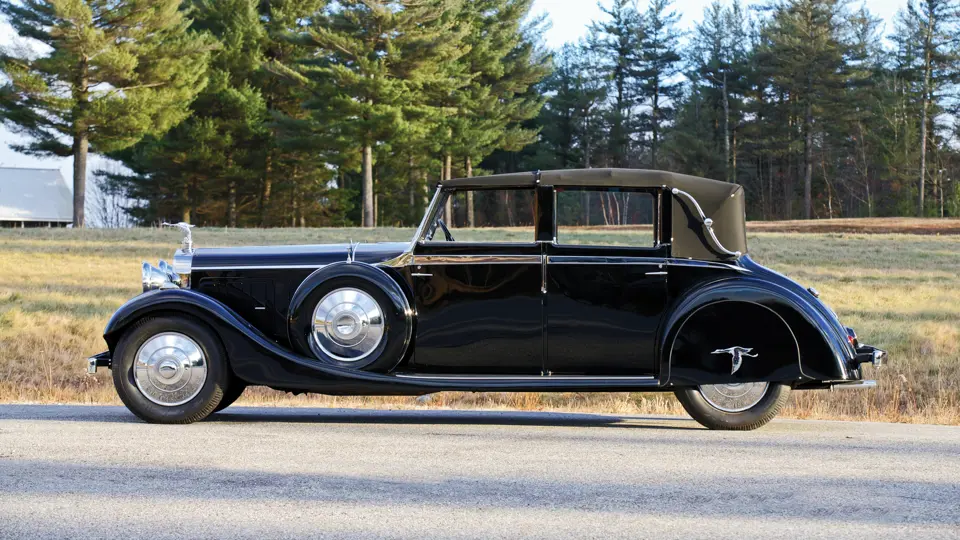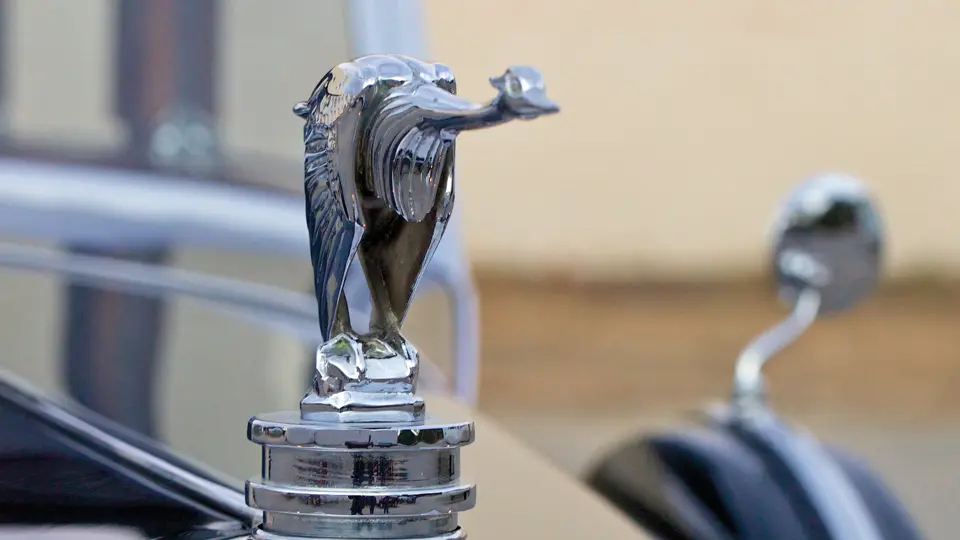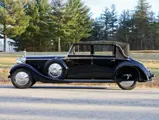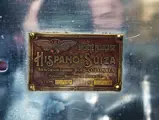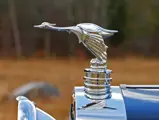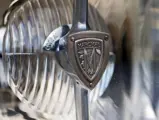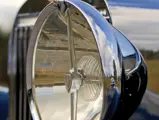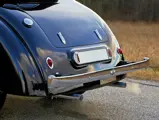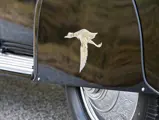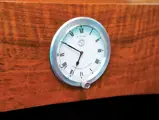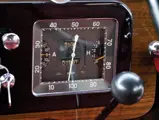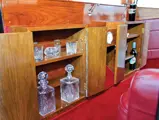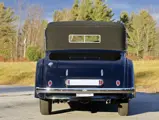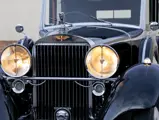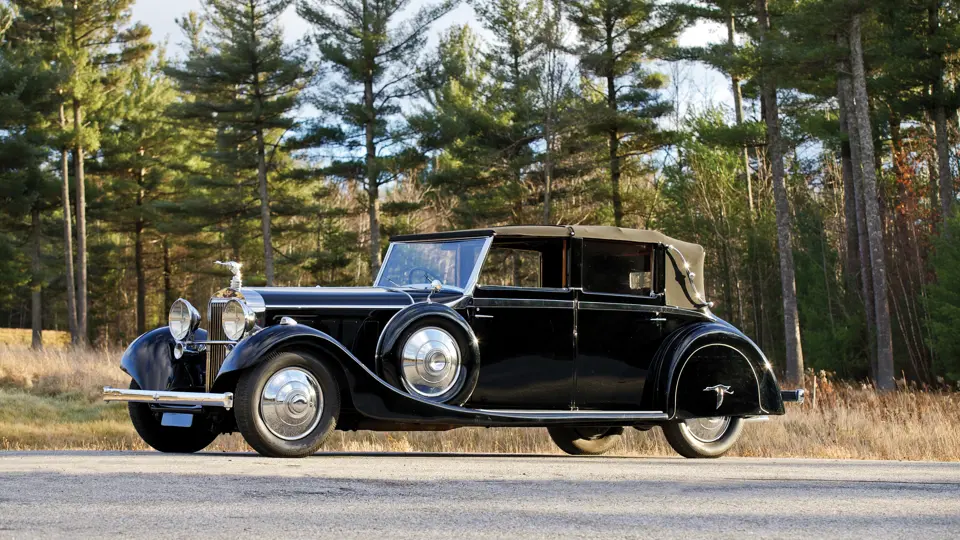
1935 Hispano-Suiza J12 Cabriolet deVille by Rippon Brothers
{{lr.item.text}}
$1,045,000 USD | Sold
{{bidding.lot.reserveStatusFormatted}}
- Mark Birkigt’s 12-cylinder pièce de résistance
- Offered with known ownership history
- Equipped with its original chassis, engine, and body
- Show-quality restoration, with recent extensive sorting
Type 68. 220 bhp, 9,424 cc overhead-valve V-12 engine, three-speed manual gearbox, solid front axle and live rear axle with semi-elliptic leaf springs, and four-wheel servo-assisted mechanical drum brakes. Wheelbase: 157.8 in.
As the name implies, Hispano-Suiza was a cosmopolitan marque, with Swiss and Spanish origins and a parallel manufacturing base in France. Swiss engineer Marc Birkigt had designed the Barcelona-built Castro, which became the basis for the first Hispano-Suiza of 1904. Over the years, he developed a strong reputation for building everything from T-head fours, overhead-cam engines, a water-cooled V-8, and also the innovative H6, which was described by British historian T.R. Nicholson as “the last word in advanced transport for the rich.”
The 12-Cylinder Hispano-Suiza
Birkigt was mindful of the developments in multi-cylinder engines going on in the United States and elsewhere in Europe, and he was determined to build one of his own. In 1929, he began work on what would become the J12, Type 68. The engine was a new design, a V-12 with pushrod overhead valves, twin alloy cylinder blocks mounted on a common crankcase, and a seven-main-bearing crankshaft with side-by-side connecting rods. A vast displacement of nearly 9.5 liters and convex pistons resulted in a horsepower of 220, and rubber engine mounts were adopted for the first time.
A prototype chassis was tested during the summer of 1931, and the Type 68 was shown at the Paris Salon that autumn. Its sheer size dominated the show, despite the presence of the massive Maybach DS8 Zeppelin. At ₣ 200,000 (then $8,000 or £2,200), it was very expensive. Customers included the Shah of Persia, Emile Dubonnet, Lord Anthony de Rothschild, C.T. Weymann, and the Maharajah of Indore.
Chassis number 13506 – A Newly Discovered History
It had been previously known that factory records indicate that chassis 13506 was constructed on the large 4,009-millimeter (157.8-inch) wheelbase and that it was shipped to Smith & Co., Hispano’s agent in London. The car was apparently delivered to its first owner, a Mr. Batcock of 1 Melville Road, Sidcup, Kent, by Motor Distributors of Leeds, which was also located in Sidcup.
Although the coachwork had long been previously attributed as having been built by Saoutchik, due to that attribution being printed in Johnnie Green’s The Legendary Hispano-Suiza, a newly discovered letter, written in 1976 by previous long-term owner John Ellis, of Kildare Co., Ireland, indicates that the coachwork is actually by Rippon Brothers, of Huddersfield.
Ellis was a motorcycle manufacturer, as well as an early collector who was active in the 1950s and ’60s. He had an enviable collection of pre-war veteran and vintage marques, including examples of Mercedes-Benz, a pair of Isotta Fraschinis, and this Hispano-Suiza, among others. In the letter, a copy of which is on file, Ellis clearly states, “The chassis number was 13506, engine number 321099. The sedanca body was by Rippon Bros., of Huddersfield, Yorkshire, England, as far as I remember.”
Rippon, whose history dates back to 1555, is known for its fine craftsmanship. According to Nick Walker’s reference on British coachbuilders, “As to quality, in the thirties a Rippon body could only be compared with those of a very few other coachbuilders…a Rippon body was correspondingly expensive, and the company therefore tended to build on only the best chassis.”
Then, the presence of a Rippon body on a J12 Hispano-Suiza chassis should not come as a total surprise, and those familiar with the products of Saoutchik will also note that the coachwork, while extremely fine in construction, is more understated than is typically associated with Saoutchik.
John Ellis presumably owned the car throughout the 1950s and ’60s, and after he sold off his collection, it was lost from sight. It then appeared in the May 1982 issue of the Hispano-Suiza Society Newsletter as having been discovered by new HSS member John Upton, of London. It was later offered by Upton in the March 1984 newsletter, having been fully restored. Upton’s advertisement is important, as it identifies the car by chassis number and depicts it still wearing its original registration, JX 4926, which is also clearly legible in a period image that depicts the car when it was new.
The Hispano was then exported to the United States, and after residing for a short time in the collection of Richard and Linda Kughn, it was a part of the Imperial Palace Collection from 1989 through 1999, and then it spent time within the Atwell Family Collection in Texas. John O’Quinn acquired the car from the Atwell family in 2006, at which point it joined his large collection in Houston.
The car has most recently been entrusted to Chris Charlton’s revered Classic Car Service, of Oxford, Maine, who performed a great deal of mechanical and cosmetic sorting of the engine, which has been returned it to its proper operating order. The car had lacked power, due in part to the fact that the original magnetos had been replaced with Lucas distributors. Amazingly, Charlton’s shop was able to source correct new old stock Scintilla magnetos and caps. There was also work and adjustments done to the carburetors, timing, clutch, and transmission, and new brake cables were installed. In addition, all of the wiring contacts were cleaned to ensure that the lights functioned properly.
As offered, the paintwork is presentable, with some minor blemishes that could be attended to, and the brightwork is generally good. The doors shut nicely, and the glass is all excellent. The hood is similarly excellent, and valuable Marchal lighting is fitted all around. The interior is understatedly elegant, as would be expected from a coachbuilder to the aristocracy, and it is done in Oxblood leather with matching carpeting. The wood trim is beautifully presented, and twin cabinets are mounted on the division partition. The driving compartment is upholstered and carpeted to match the passenger space, which has Jaeger instrumentation. The dials for the adjustable shock absorbers, which are often missing, are present and in good condition. Under the hood, the engine compartment is sanitary and generally well detailed. It has the correct whittle belt for the fan, which is now all but impossible to find.
Handsome and formidable, this Hispano-Suiza is equally desirable as a candidate for public performance or as a prized addition to any private collection. Few Classic Era motor cars hold the cache of a Hispano-Suiza. With its stunning coachwork and the large, powerful 12-cylinder engine, this is a particularly special example. Offered with clarified history, including a copy of Ellis’ 1976 letter, as well as copies of the period image and aforementioned copies of the Hispano-Suiza Society Newsletter, this J12 is eminently eligible for any number of tours or automotive events around the globe.


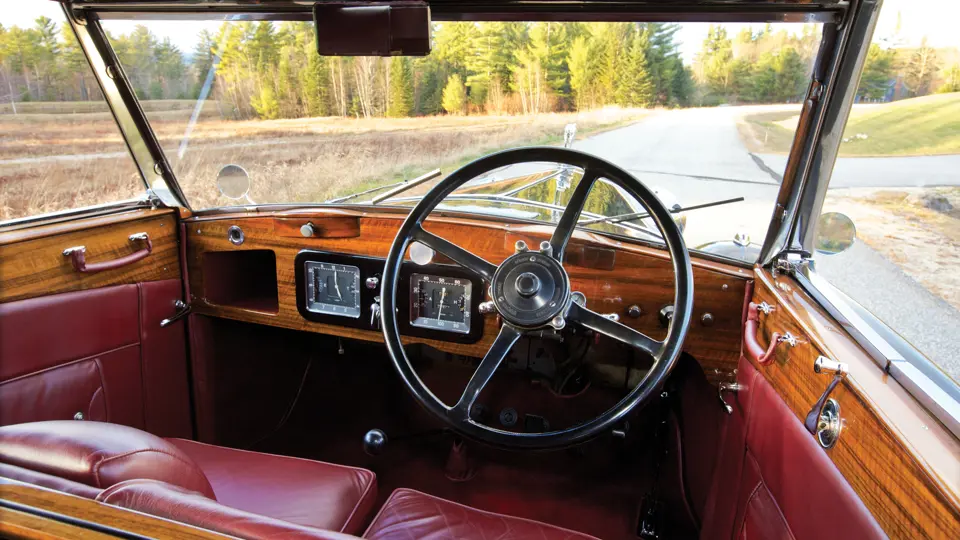

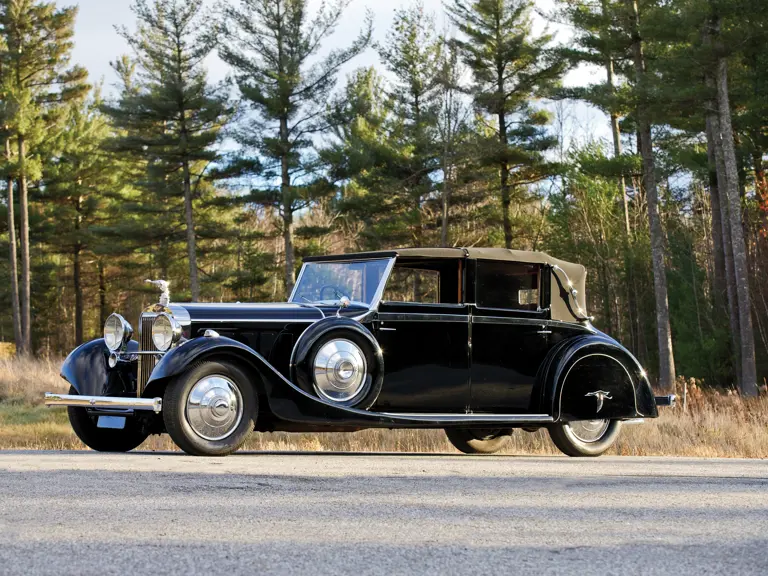

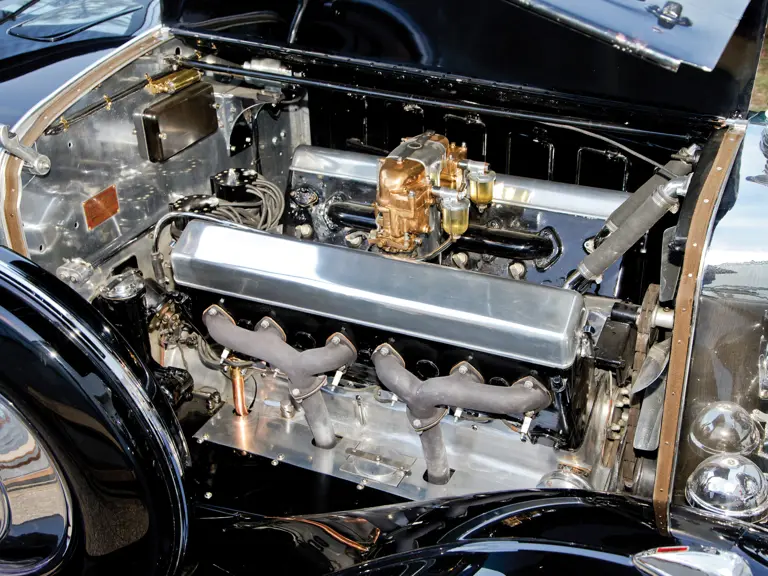
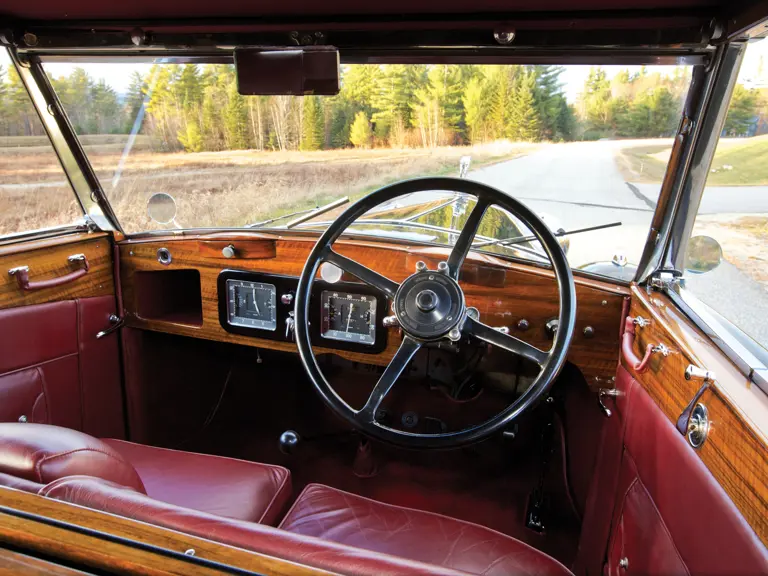
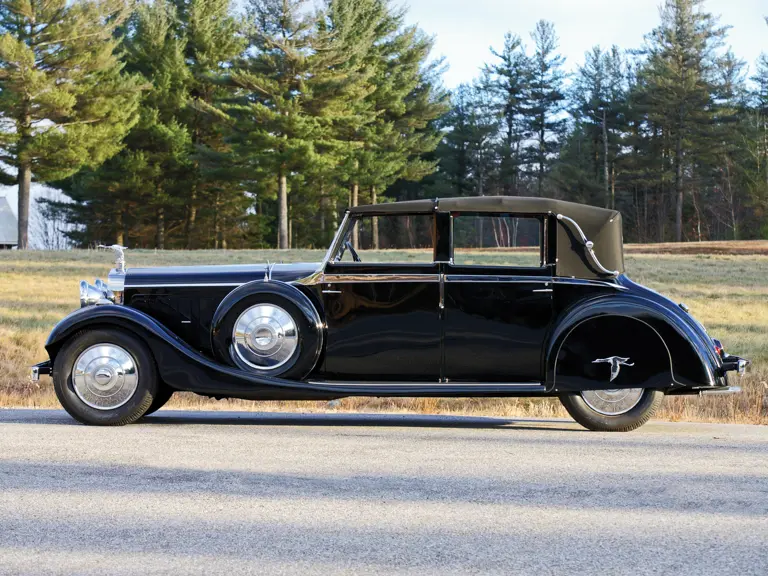
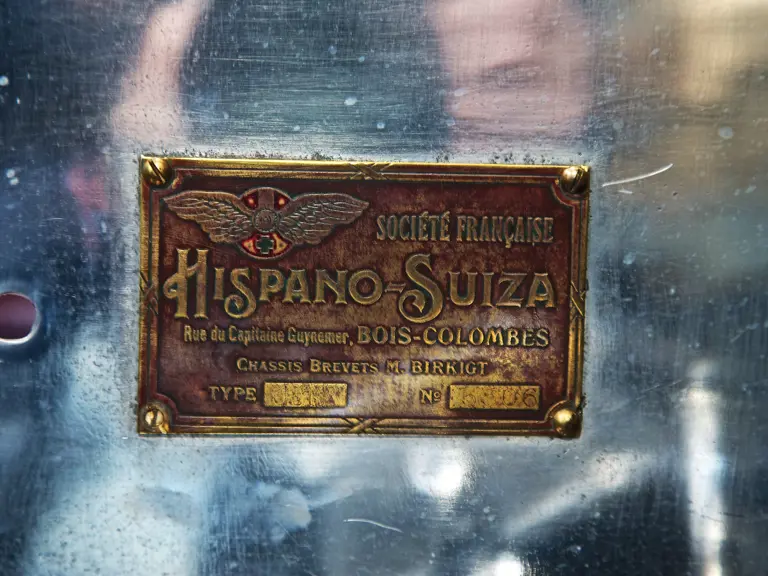
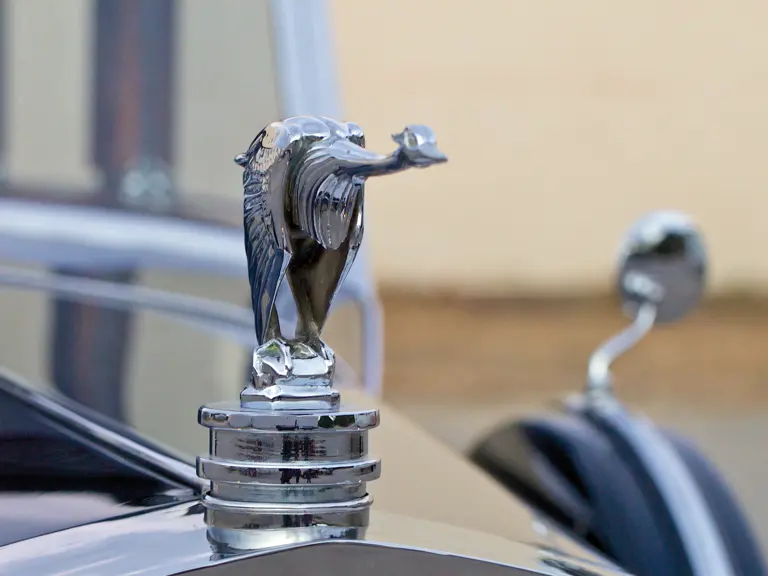
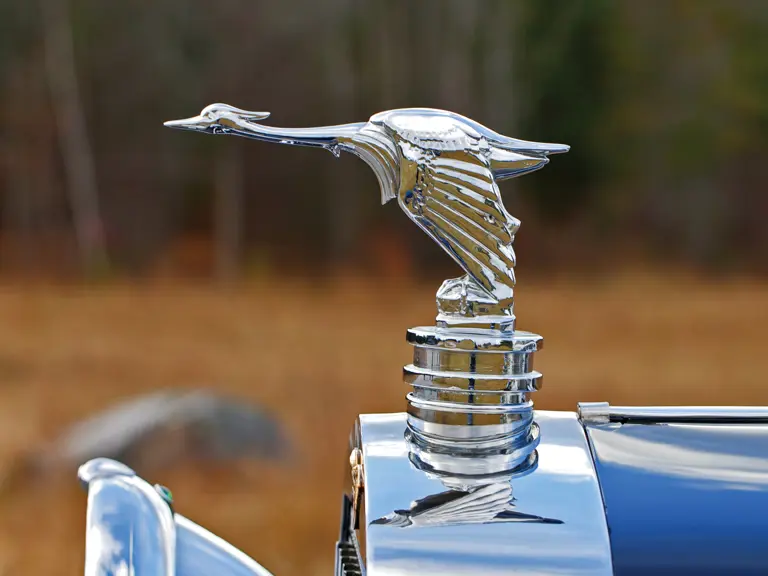
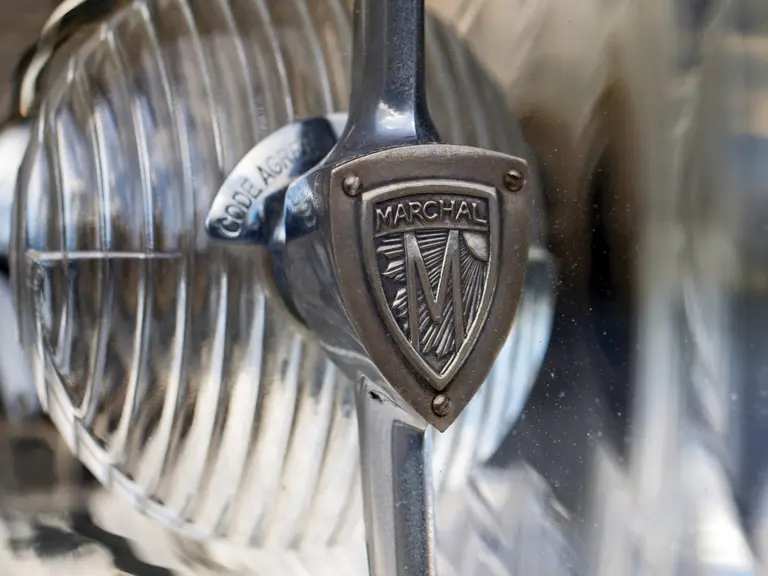
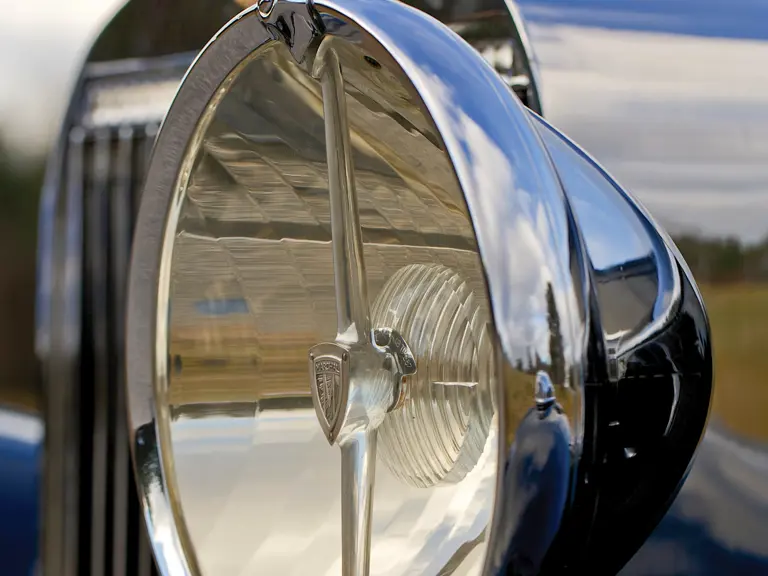
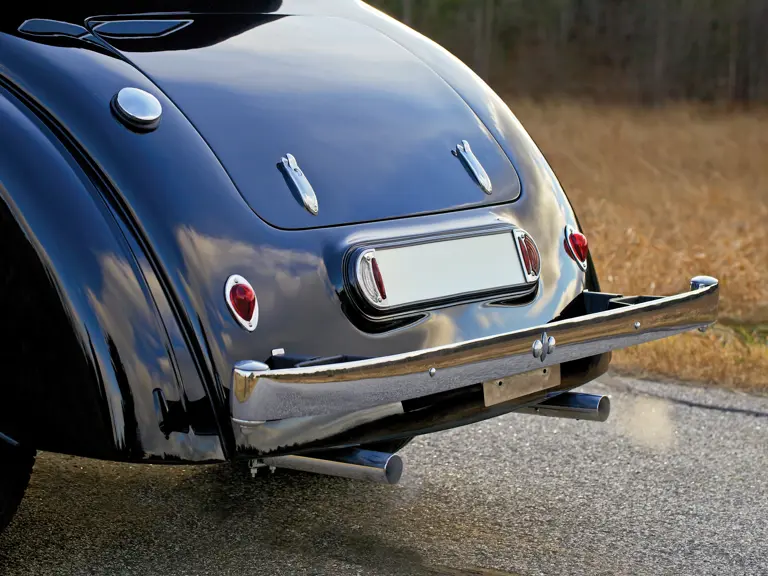
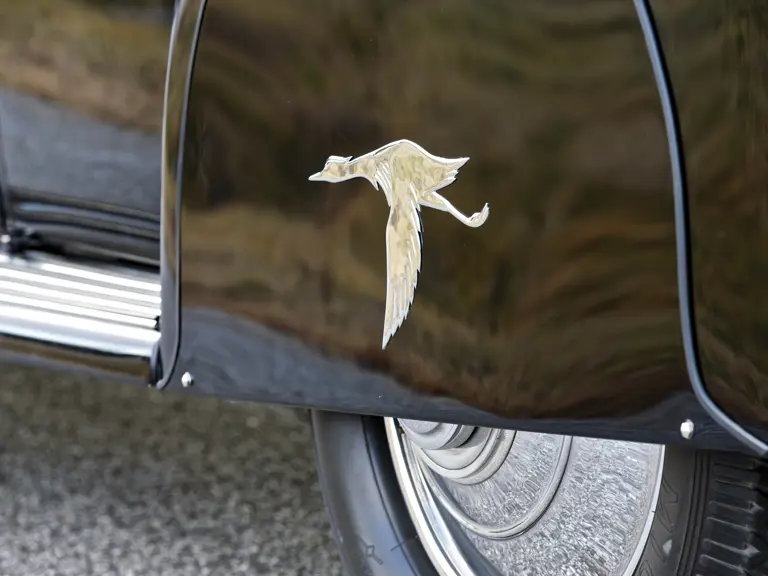
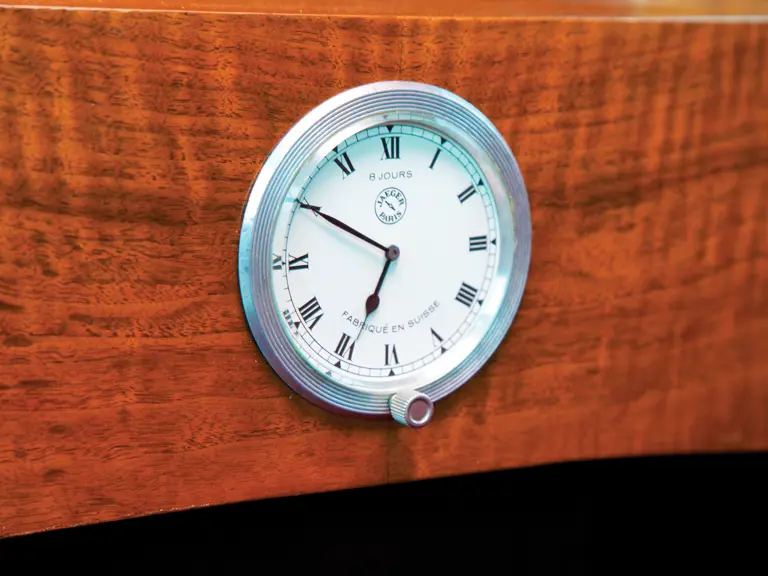
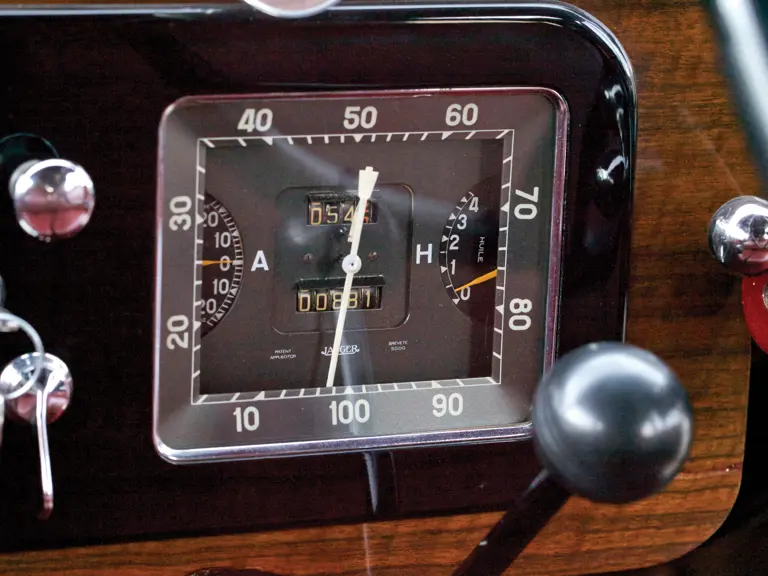
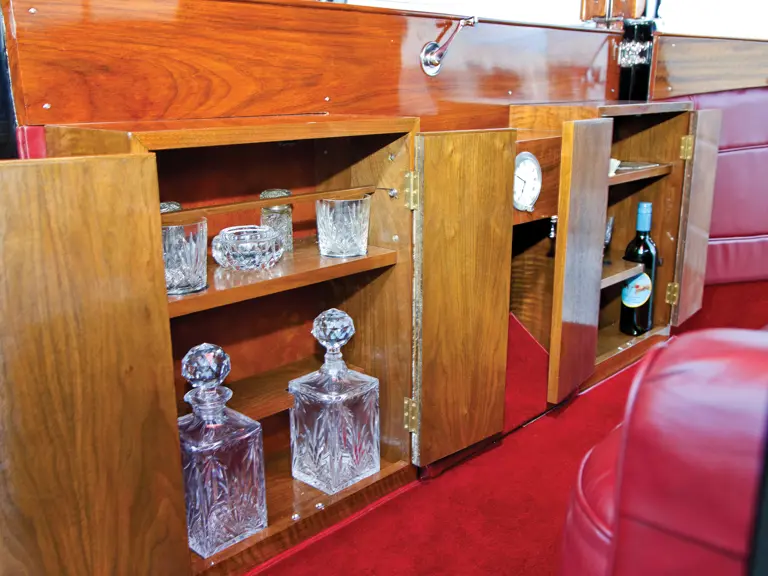
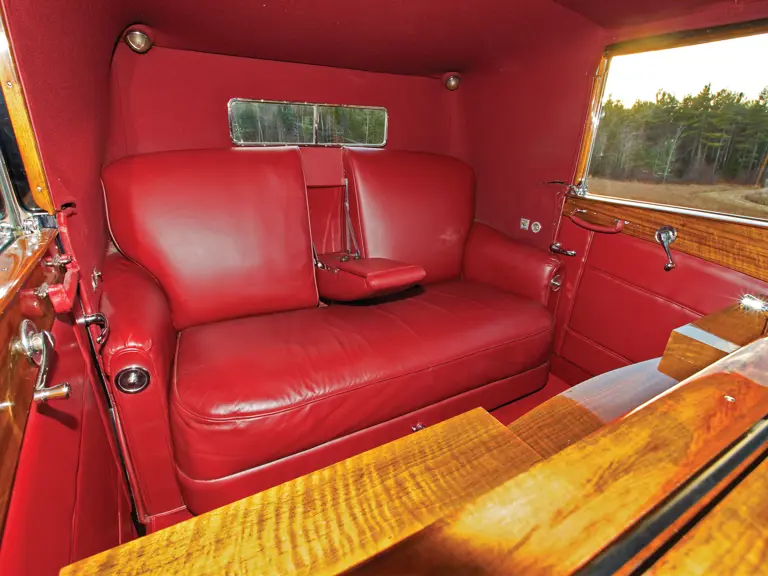

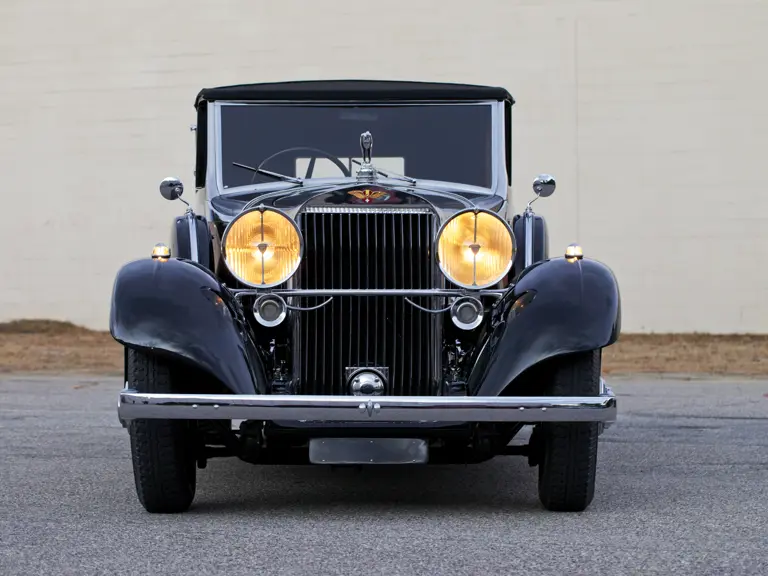
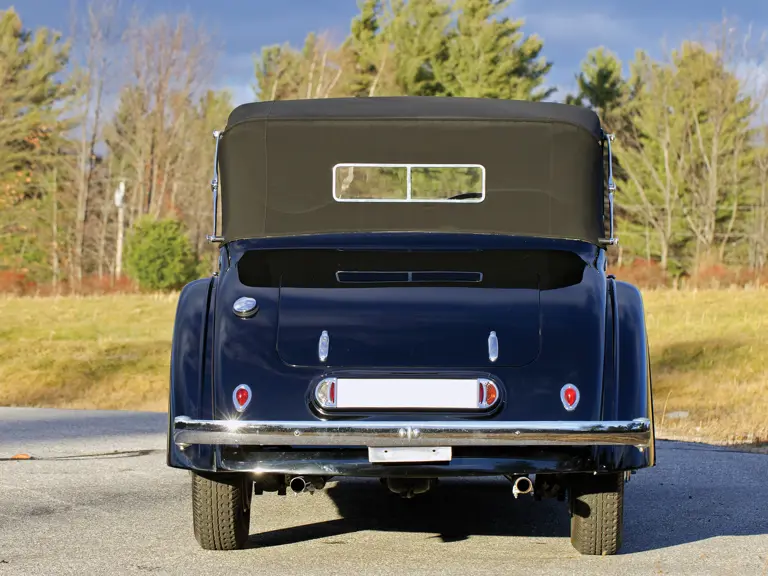
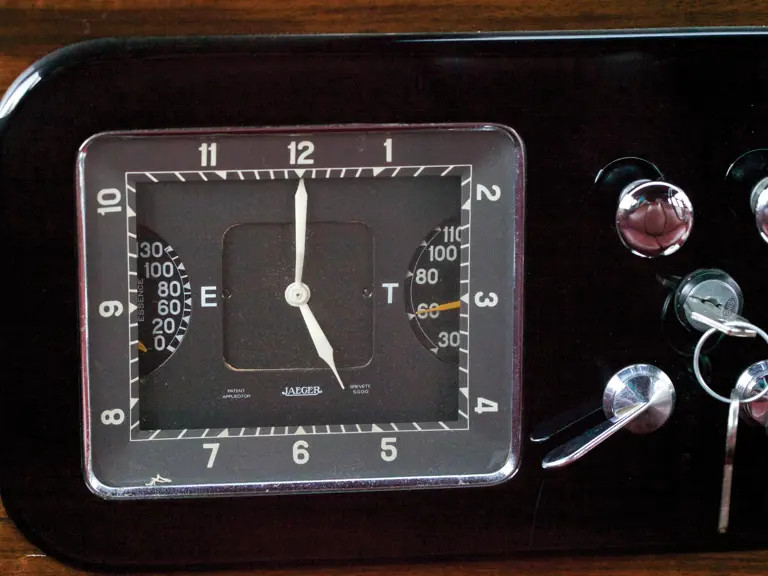

 | Phoenix, Arizona
| Phoenix, Arizona
